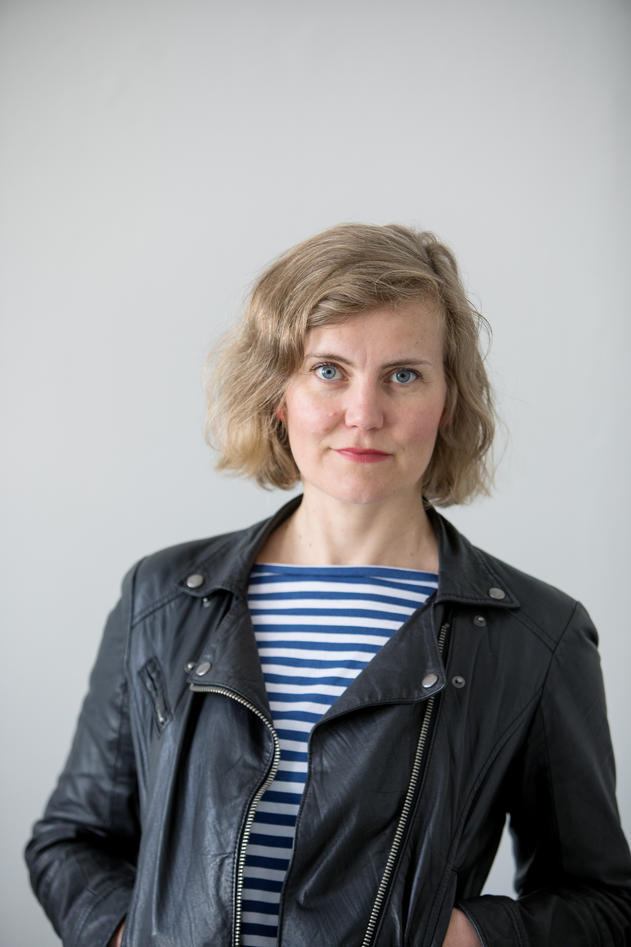Not All Syrian Doctors Become Taxi Drivers
Bygnes with a new open access publication in Journal of International Migration and Integration: Not All Syrian Doctors Become Taxi Drivers: Stagnation and Continuity Among Highly Educated Syrians in Norway
Hovedinnhold
Abstract:
Many studies of forced migration have documented processes of deskilling and falls in status resulting from an inability to convert capital from one context to another. This article relies on qualitative interviews with highly educated individuals who arrived in Norway in the wake of the Syrian crisis. In the material, narratives of stagnation, loss and struggle against bureaucracy are highly salient and persist over time. I coin the term mobility dissonance to describe this post-migration stressor—the dissonance between physical mobility across borders and a sense of (not) going anywhere in life. By following some informants over time, this study indicates how classed resources can also represent an element of continuity through the critical life course events that forced migration entails. Descriptions of mobility dissonance are thus part of a more nuanced picture. While hopelessness and loss are very salient in the interviews, following informants over time provides lived examples of how classed resources represent an important form of continuity. Continuity refers to a counter-narrative to the riches-to-rags story often attached to resourceful forced migrants. I suggest future research to pay more attention to classed resources as a potential source of continuity through the migration process.
